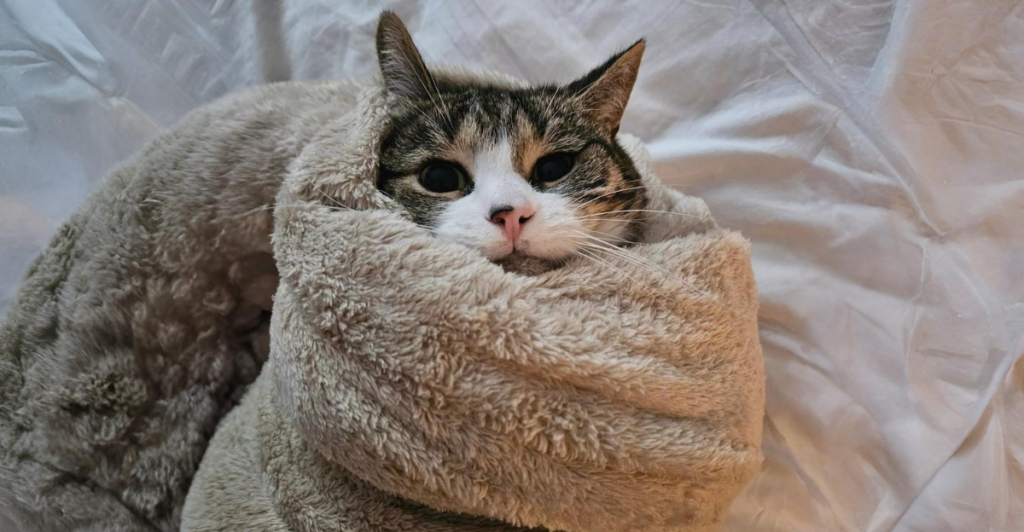
Cats are more sensitive than you might think. They are prone to anxiety, which is often triggered by changes in their environment, loud noises, or unfamiliar situations. Unlike dogs, cats will often mask their stress, which makes it harder to identify. Common sign of anxiety in cats include hiding, excessive grooming, or sudden aggression. Addressing feline anxiety begins with understanding its root causes.
Studies have found that stress can lead to health issues like urinary tract infections or gastrointestinal problems. Before implementing solutions, it is best to consult a veterinarian to rule out medical conditions. Once cleared, behavioral interventions tailored to your cat’s unique personality can help. Let’s take a look at nine easy ways to calm your cat’s anxiety.
1. Cat-Specific Music

Music made just for cats is a new and creative way to help ease their anxiety. Unlike classical music or white noise, this type of music uses sounds that cats naturally respond to, like purring or soft chirping, similar to birds. Research from the Journal of Feline Medicine and Surgery showed that when cats listened to this kind of music during vet visits, they were less stressed and had lower heart rates.
Many platforms, including Spotify, now have playlists that are specifically tailored for pets, which makes this method easily accessible to everyone! Playing these songs during stressful events, like car rides or thunderstorms, can create a calming atmosphere for your pet. If you want, you can pair the music with a quiet and familiar space where your cat feels safe and secure.
2. Pheromone Therapy
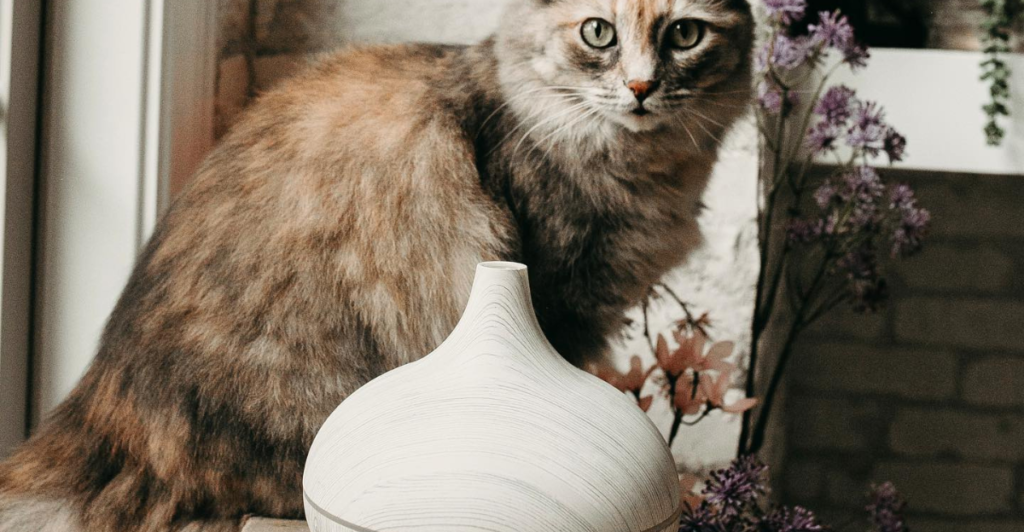
Some synthetic pheromones have been created to replicate the calming chemicals that cats naturally produce when they feel safe. Many products, like Feliway diffusers, release these pheromones into the air and can help reduce stress caused by unfamiliar visitors, loud noises, or territorial disputes in multi-cat households.
Research from the American Journal of Veterinary Behavior suggests that pheromone therapy significantly reduces anxiety-related behaviors in cats. These diffusers are odorless, and they work best when they are placed close to areas associated with stress triggers, like litter boxes or resting spots, and are particularly effective during transitions like when you’re moving homes or introducing a new pet to the household.
3. Counterconditioning
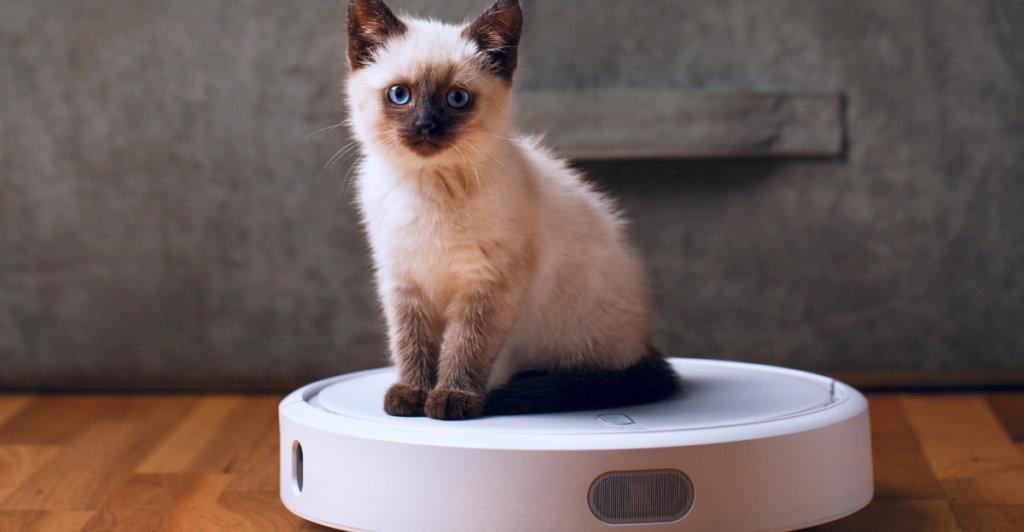
Counterconditioning is a behavioral technique that can help cats by associating anxiety triggers with positive experiences. If your cat is scared of the vacuum cleaner, run it at a distance and place treats or your cat’s favorite toys nearby. Slowly decrease the distance over time as your cat remains relaxed.
This method works because it rewires their fear response by replacing it with positive associations. Studies on animal behavior show that counterconditioning works best if it is done patiently and consistently. To avoid overwhelming your cat even more, introduce triggers slowly and check their body language for any signs of distress.
4. Aromatherapy

Although it might be unconventional, aromatherapy is a great way of reducing your cat’s anxiety if it is done responsibly. However, you need to be very careful. Many essential oils are toxic to cats. Safe options like chamomile or valerian root can provide calming effects if it is diffused sparingly in well-ventilated spaces. A study published in Animals Journal emphasizes valerian root’s potential to reduce stress in felines during high-anxiety situations.
You should use aromatherapy cautiously. Never apply any oils directly to your cat’s skin or fur, and talk to your vet before introducing new scents into your home. This method helps reduce anxiety during events like fireworks or vet visits when environmental stressors are unavoidable.
5. Environmental Enrichment
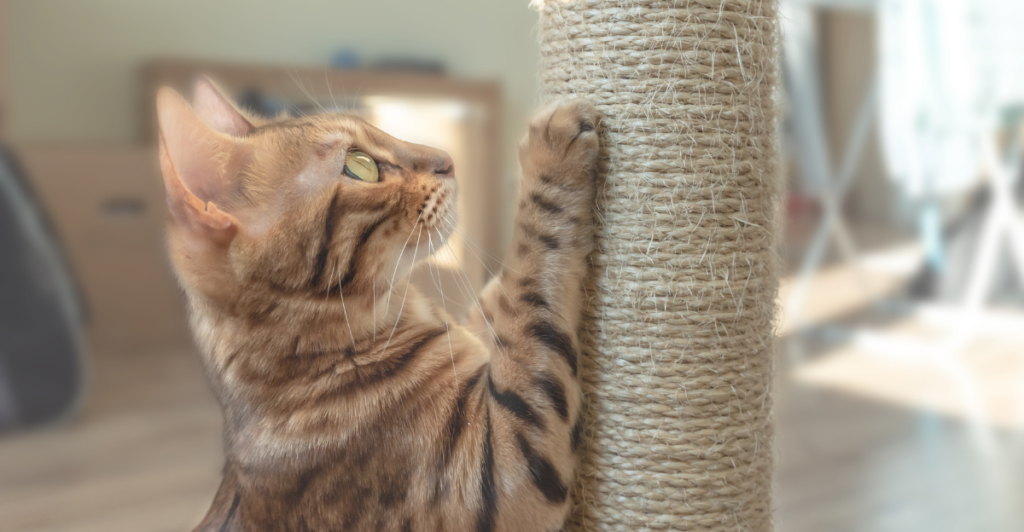
Environmental enrichment is very important for reducing boredom-induced anxiety in cats. You can engage with their natural instincts while alleviating stress by providing your cat with interactive toys, scratching posts, and climbing structures. Food puzzles and treat-dispensing toys mimic hunting behaviors, which provides mental stimulation that keeps your cat occupied during long periods alone.
According to research from the Journal of Veterinary Behavior, enriched environments improve overall feline well-being and reduce destructive behaviors that are linked to anxiety. You can even rotate your cat’s toys regularly to prevent monotony and guarantee variety in their playtime activities. This is also really good for their physical health!
6. Weighted Blankets for Cats
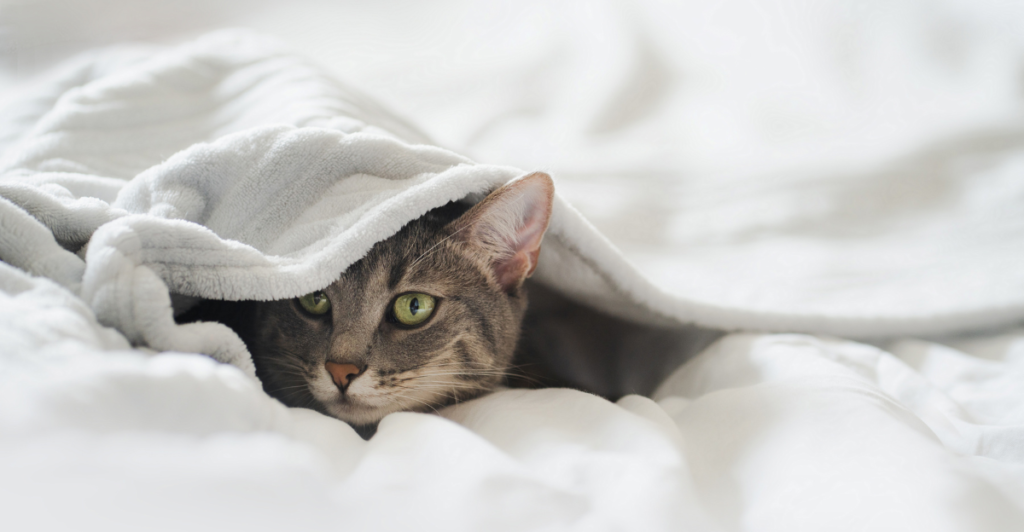
Did you know that you can now buy weighted blankets that are specifically made for cats? This is a wonderful way to manage your cat’s anxiety with gentle pressure therapy. It was inspired by human weighted blankets, which are used for anxiety disorders. These blankets mimic the feeling of being held or cuddled, which is a comforting experience for some cats during stressful events like thunderstorms or fireworks displays.
While scientific studies on weighted blankets for pets are limited, anecdotal evidence suggests they may help reduce restlessness and encourage relaxation in anxious felines. Place these blankets in your cat’s favorite resting spots and observe how they react to them.
7. CBD Oil

CBD oil is a great natural remedy that can help manage anxiety in pets. When administered correctly, this oil interacts with the endocannabinoid system to regulate mood and stress responses without causing sedation. A study published in Frontiers in Veterinary Science found promising results regarding CBD’s ability to reduce anxiety-related behaviors in many different animals, including cats and dogs.
Before starting this treatment, talk to your veterinarian about it and make sure that you give your pet the proper dosage based on its weight and health status. Giving your cats CBD during stressful situations can help calm them without compromising their alertness or personality traits.
8. Routine Consistency
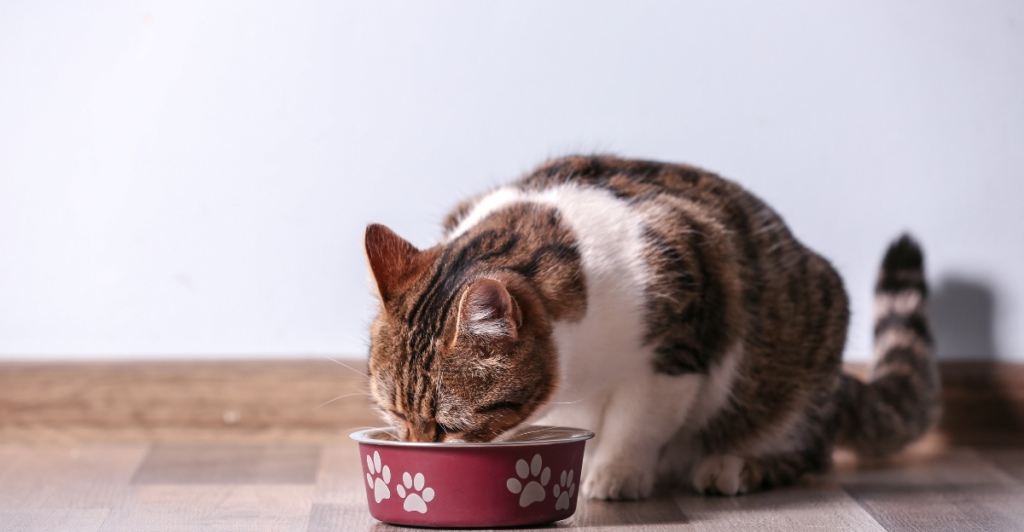
Most pets, especially cats and dogs, thrive on routine. Disruptions in your pet’s routine can cause anxiety and behavioral changes like aggression or withdrawal. Always maintain consistent feeding times, play schedules, and quiet times to prevent anxiety. This can also help calm your cat during unpredictable events like moving homes or introducing new pets into the household.
If changes are unavoidable, you can slowly adjust your routines instead of making abrupt shifts that could overwhelm your cat emotionally. Predictability fosters trust between you and your pet while also creating an environment where they feel safe.
9. Clicker Training

Clicker training, which is commonly used for dogs, is an underrated but effective way to calm anxious cats. This method uses a small device that emits a “click” sound to mark desired behaviors, followed by a reward like a treat or cuddles. For anxious cats, clicker training can build confidence by reinforcing positive actions, such as coming out of hiding or approaching a new, unfamiliar object.
A study in the Journal of Veterinary Behavior shows that positive reinforcement reduces stress and improves trust between pets and their owners. Start with simple tasks and gradually increase the complexity. Always make sure that each little step is rewarded!
Explore more of our trending stories and hit Follow to keep them coming to your feed!

Don’t miss out on more stories like this! Hit the Follow button at the top of this article to stay updated with the latest news. Share your thoughts in the comments—we’d love to hear from you!







